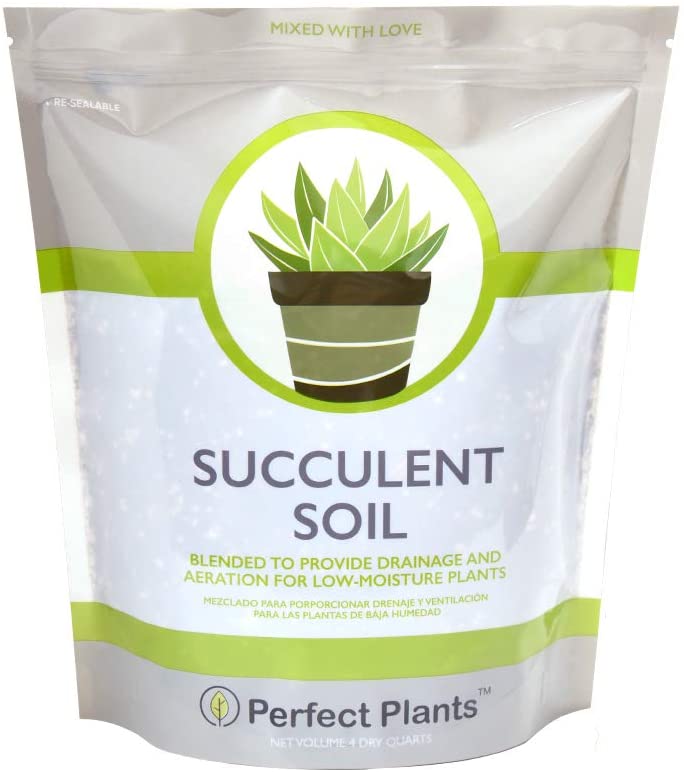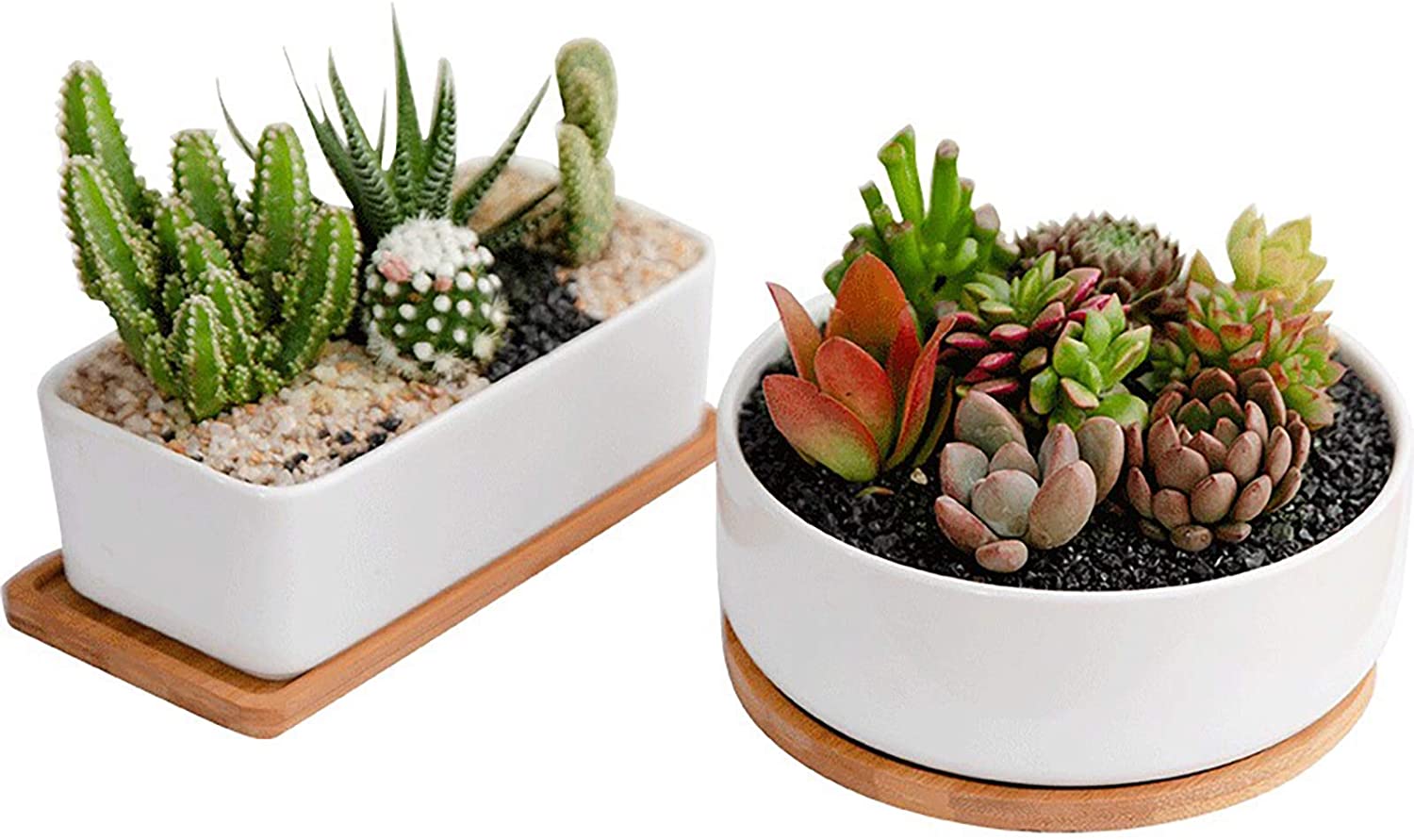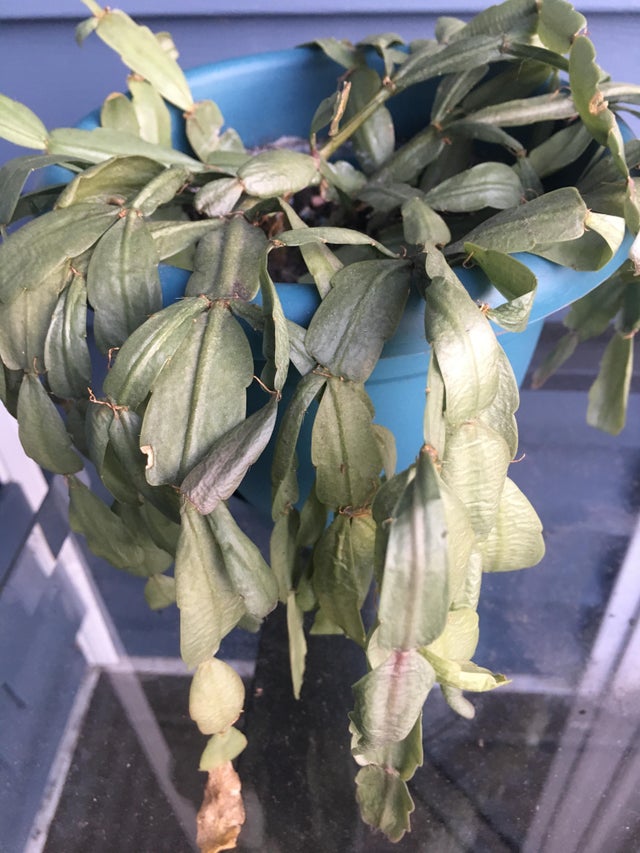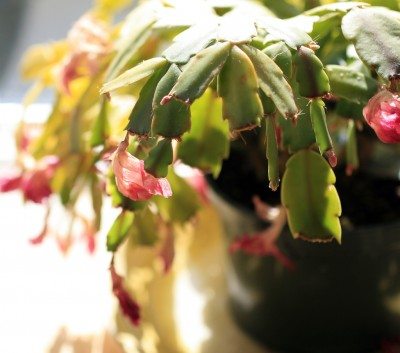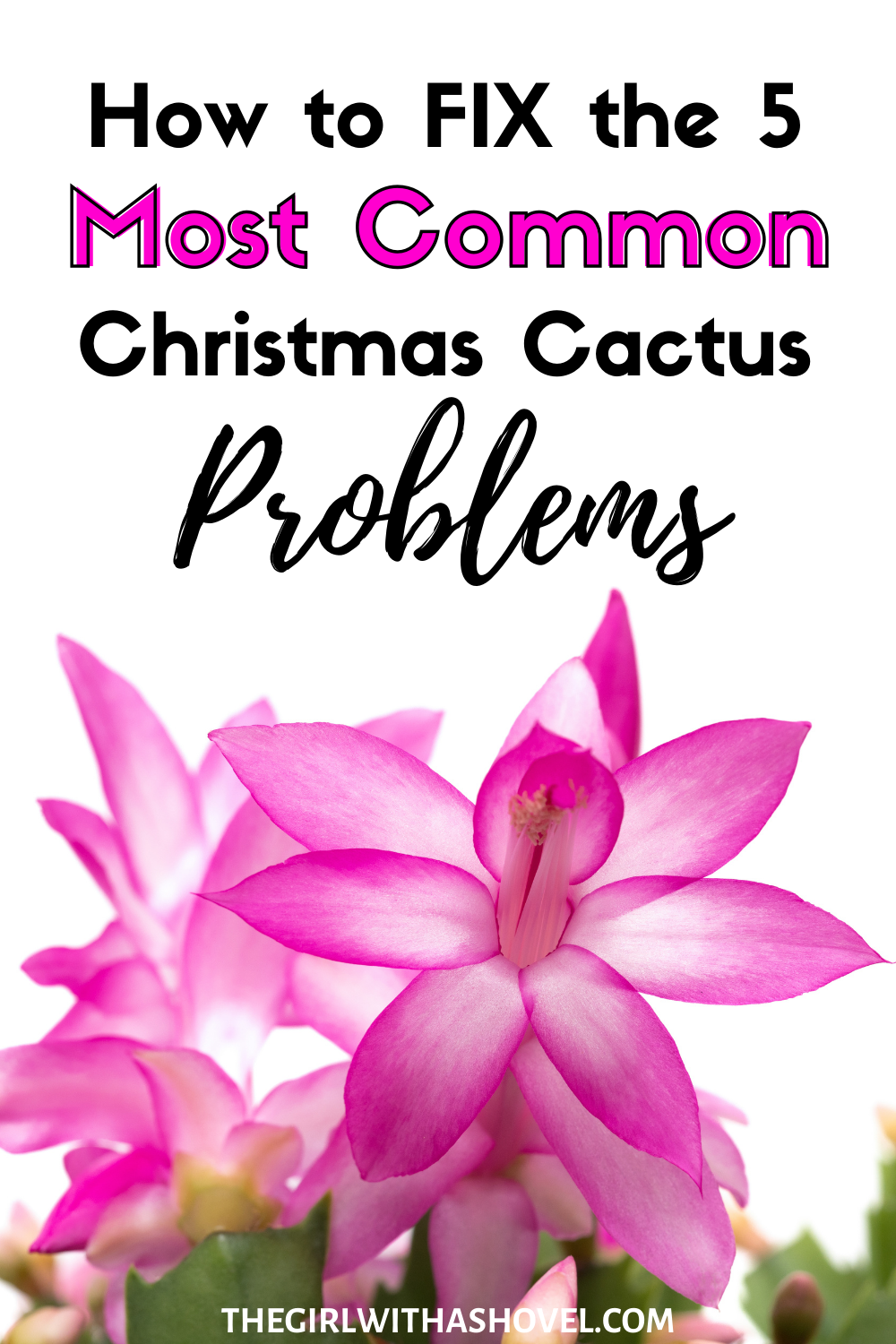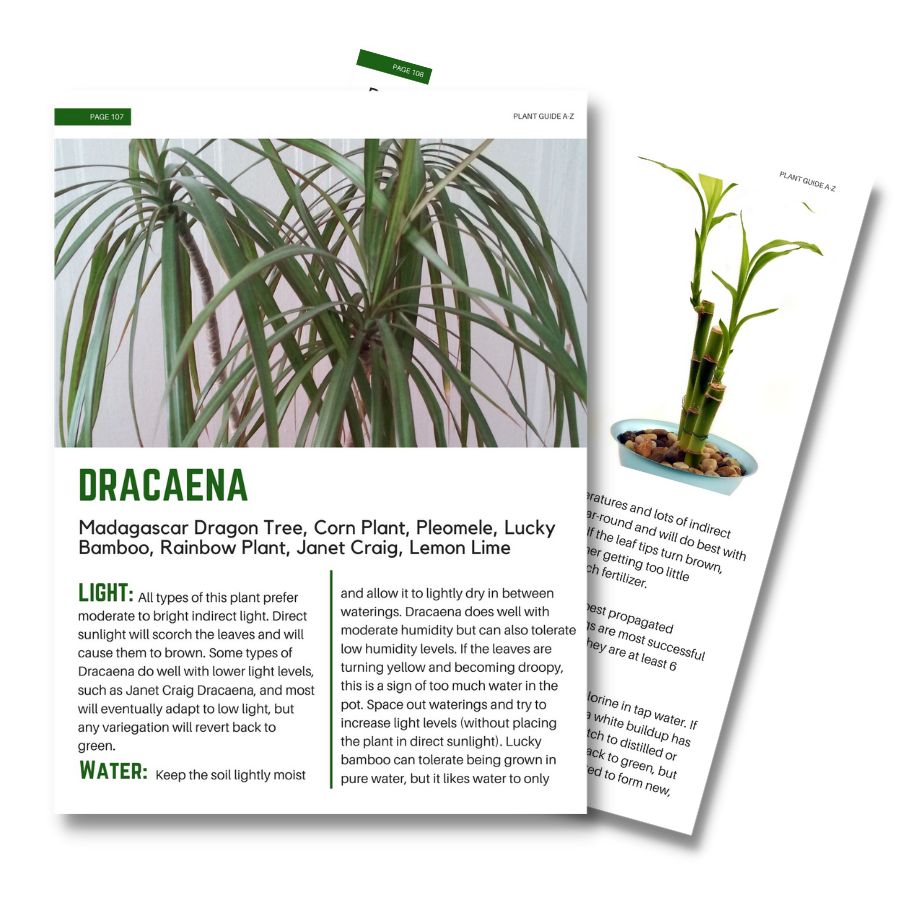Cats and houseplants. I get it. Your furry, feline friends are always exploring, touching, sniffing, and sometimes even taste-testing your houseplants. You can’t get them to stop, so instead you want to make sure that whatever plant you bring into your home won’t hurt them. This can sometimes make cat-owners hesitant to purchase houseplants. But today I’m going to show you 33 succulents that you can safely keep, as they are non-toxic to cats! So enjoy the peace-of-mind that comes with knowing your succulent collection can grow while your precious furry friend remains safe!
*Note: I have researched these plants to the best of my ability and have found them to be safe for cats. However, I hold no liability for any incorrect information or any harm or damages caused to yourself, your pets, or your property because of this information. For further details about plant toxicity levels and what to do if your pet ingests any of these plants, please visit aspca.org or call their help number at 1-(888)-426-4435*
*Each of these plants contain an affiliate link to purchase these products at succulentsbox.com. Unfortunately, succulentsbox.com does not ship outside of the continental USA. Any readers who live outside of the continental USA will have to find a local source to purchase these succulents. I am sorry for any inconvenience this may cause.*

This beautiful Echeveria has ruffled leaves with light pink edges surrounding a blue-green center. Crinoline Ruffles is for anyone looking for something unique to add to their collection!
Purchase Crinoline Ruffles Echeveria
Transparent tips??? Stunning! This Haworthia variety has thick, dense leaves that open up to transparent tips. These leaves can be somewhat soft, so make sure it is protected from tipping over.
Purchase Cymbiformis var. obtusa Haworthia
This deep red Sempervivum will definitely add some color to your succulent collection! The red leaves can also have green tints on the leaf edges depending on the plant and the amount of sunlight.
Purchase Red Lion Sempervivum
The Echeveria lilacina (Ghost) has striking silver leaves that stand out when placed near other green succulents. This loose rosette also does not produce offsets very quickly, making it very happy in the same pot for a while.
Purchase Ghost Echeveria
This large succulent has a very unique shape. Silver-green leaves twist into the center of the rosette, leaving this topsy-turvy succulent highly sought after.
Purchase Topsy Turvy Echeveria
Afterglow is another large Echeveria variety. It is characterized by its pink and purple leaves that form a loose, free-style rosette.
Purchase Afterglow Echeveria
Known as “Living Stones”, Lithops are one of the coolest, trending succulents of the decade! As they grow, they produce a large flower in the middle of their two leaves, then they go dormant for several months, sometimes completely receding back into the soil. If you want an ultra low-maintenance succulent, then this is right for you!
Purchase Living Stones Lithops
This triangular succulent is sure to make a statement with its green, webbed leaves. It is also a fast producer of offsets, giving you plenty of little plants to either add to your collection or to gift to a friend.
Purchase Venosa Haworthia
Cubic Frost is a soft pink succulent with wedge-shaped leaves. It also grows relatively fast for a succulent, making it perfect for the impatient gardener!
Purchase Cubic Frost Echeveria
The ‘Black Knight’ Echeveria isn’t your typical soft pastel succulent. Instead, dark green centers fade to black edges! The more sun this plant gets, the darker its leaves… so plan accordingly!
Purchase Black Knight Echeveria

This colorful succulent shows the best of nature’s paint brush! Yellow and green stripes give way to purple tips on these stunning succulents.
Purchase Mardi Gras Aeonium
Each Suncup is a unique blend of green variegation on a yellow rosette. It is one of the smaller Aeoniums, but it does readily produce offsets to make up for its smaller size.
Purchase Suncup Variegata Aeonium
The ‘Mexican Snowball’ Echeveria has a dense, thick covering of blue-tinted leaves. These dense leaves remind us all why these succulents are called rosettes!
Purchase Elegans Echeveria
This unusual succulent is covered in soft white fur, which makes it a huge favorite! However, it’s name is deceiving as this Crested Frosty actually does not do well in the cold.
Purchase Crested Frosty Echeveria
It’s no wonder this variety is known as the ‘Cobweb’ Sempervivum. The white threads would be worrisome on any other plant!
Purchase Cobweb Sempervivum
The Calcareum features dense leaves, all tipped with a deep red. This warns people of its somewhat sharp tips, though it’s still a lot safer than your cacti!
Purchase Calcarium Sempervivum
Speaking of cacti, this tropical cactus should be treated more like an orchid than a cactus. Long, scale-like stems bear large, bright flowers when given a strict lighting regiment during the fall.
Purchase Holiday Cactus Schlumbergera
A more open version of the ‘Calcarium’, the ‘Mahogany’ also has red-tipped leaves. But the more sun this plant receives, the darker the leaves will become!
Purchase Mahogany Sempervivum

The Violet Queen has long, blue-green leaves that take on a pastel pink color on the edges when it gets cold. It also produces offsets rapidly, so be prepared to have several of these cuties!
Purchase Violet Queen Echeveria
‘Black Rose’ is one of the most popular Aeonium varieties. And it’s no wonder! The deep black leaves with the green center is so stunning it makes everyone want to start up a succulent collection!
Purchase Black Rose Zwartkopf Aeonium
The Kiwi is one of my personal favorites! Its leaves range from green to yellow to white depending on the amount of sunlight. And to top it off, the edges stay perfectly lined in an almost fruity shade of red!
Purchase Kiwi Aeonium
For a softer shade of pink, get yourself a Subsessilis! The light pink tips paired with the blue-green color of its leaves makes it a dreamy pallet of soft pastels.
Purchase Subsessilis Echeveria
This succulent is named ‘Dinner Plate’ because of its large, flat shape that can get up to 2 feet in diameter! However, under good care it doesn’t stay flat and instead forms smooth, rounded hills of green.
Purchase Dinner Plate Aeonium
When people think of succulents, they usually picture something like the Lily Pad. Thick, fleshy green leaves form a picture-perfect rosette every time!
Purchase Lily Pad Aeonium
This furry succulent is the perfect companion to your own furry feline friend! The hard part will be keeping your hands off this little guy!
Purchase Doris Taylor Echeveria
Perle von Numberg is one of the most widely sold succulents. It’s easy to find this beautiful, pink Echeveria, so pick one up today, or feel free to have it shipped straight to your door!
Purchase Perle von Numberg Echeveria
The Painted Nodulosa is truly a masterpiece of dark green and wine red. And it’s beauty is only improved by the fact that it is one of our succulents that are safe for your cat! Just be aware that this plant tends to grow upwards instead of having a spreading habit.
Purchase Painted Nodulosa Echeveria
Zebra plants are easily identified for their white spines that travel up each individual leaf. As they continue to grow upward, they will also produce lots of new offsets at their base. This is why Haworthias are perfect for people wanting to fill their house with succulents!
Purchase Zebra Plant Haworthia
The ‘Window’ Haworthia is a succulent that uses its transparent leaves as a window! This allows light to penetrate deeper into its leaves. This zero-waste succulent shows how something can be efficient and stunning at the same time.
Purchase Window Haworthia
This succulent is one of the small varieties of Echeveria. However, this doesn’t stop it from producing lots of offsets. This succulent fills its pot with little blue rosettes in no time!
Purchase Blue Rosette Echeveria Minima

Each and every ‘Chroma’ Echeveria is slightly different! Leaf colors can be green, brown, purple, red, or even pink. This little succulent is definitely one-of-a-kind!
Purchase Chroma Echeveria
This Sedum is widely known and loved! Very few people know that it’s actually one of our succulents that are safe for your cats! As if we need any more reasons to buy this beautiful trailing succulent!
Purchase Donkey’s Tail Sedum
Raindrops is truly unique with its large ‘raindrops’ that grow on the tips of its leaves! This blue-green succulent can also get pink tips when given lots of sunlight!
Purchase Raindrops Echeveria
That’s it for my list of 33 stunning succulents that are safe for cats! Enjoy your succulents, while knowing that your curious cats are safe! And check out this list of Houseplants that are Safe for Pets for even more ideas!
If you have any questions or comments, feel free to leave them below. Then to get even more awesome tips, join my email list! Every new subscriber gets a free welcome gift!
Then, if you want some more help with your succulents, here’s my post that explains the secret to succulent watering! Here is the answer to How Often Should You Water Succulents?
Happy Digging!

